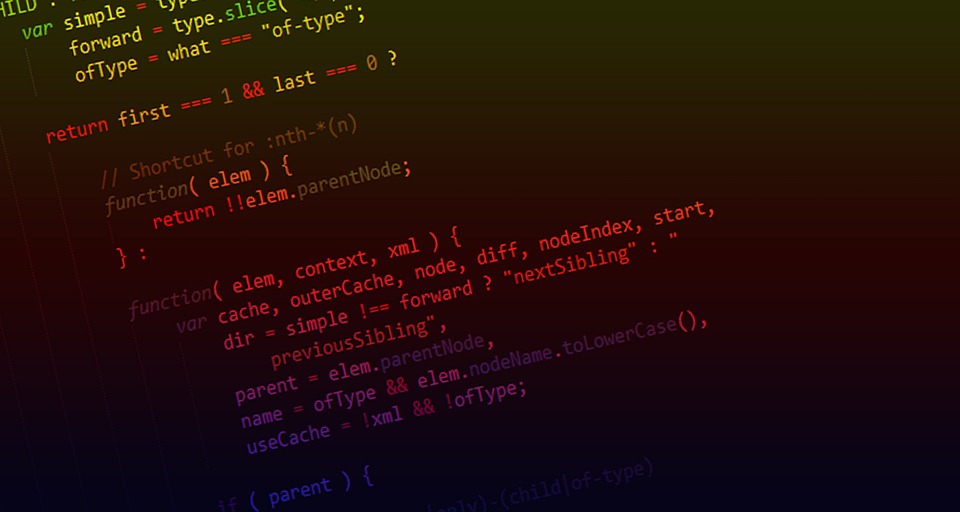JavaScript gained popularity in the past couple of years and that can be easily observed by the number of programming positions available out there that have as requirements this programming language. If you already have some software development background, you will find JavaScript easy to learn. But even if you don’t have a strong technical background, but still played around with HTML and CSS, you might find JS’s learning curve not that steep.
Before diving into further reading and learning, I think it’s usually nice to have some information on the history of that programming language, where it started and why. Take the official road to finding out about JS here. But also read about VanillaJS here. Of course, the evolution of the programming language meant the appearance of tools, libraries and frameworks that make the life of the developers easier, but we’ll talk about that in a different article.
JavaScript is a prototype-based, multi-paradigm, dynamic language, supporting object-oriented, imperative, and declarative (e.g. functional programming) styles. (mozilla.org)
So, moving ahead to where you can get started with JavaScript:
JavaScript basics – on the Mozilla Developer site, where you’ll go from the “hello world” example, up to publishing a website. Really useful even if you just want to refresh some concepts. If you heard about OOP and want to see how JavaScript emulates object classes via constructor functions, you can read this bit of content here.
Get started with the JavaScript language – can be found on the IBM DeveloperWorks – and it’s a really neat guide that will help you understand JavaScript syntax, but will direct you to other resources that can help you build your career in the area of web development.
JavaScript Tutorial from W3Schools – even if some would state that the examples offered by this tutorial platform are not always that great, I think W3Schools does a nice job in introducing anyone to the JS syntax and also offers valuable information on JSON and AJAX.
JavaScript: Getting Started – if you don’t have an account on PluralSight, well, I guess you surely need one. The website offers guides and courses for all levels of experience, but the video courses for beginners are really great. If you want to get started with JavaScript and do have some budget available for the learning process, then I strongly suggest you try this one out.
24 JavaScript Best Practices for Beginners – is an interesting resource from tutsplus.com that explains why some things work a bit different in JavaScript. Also provides some debugging advice (which is really useful when working with any programming language).
JavaScript For Cats – So easy your human companion could do it too! – a funny guide for beginners. The “Satisfied customers” part of the page is also a must-see.
Javascript Cheat Sheet – published by Nick Schäferhoff; the resource was suggested by Robert Mening. It includes definitions, data types, info about global functions, metacharacters and so on.
Side note: if you’re reading about JavaScript because you heard you can do a lot of cools things with it, but don’t want to learn how to program, just wanted to research on what technology would be best for your application, then it’s probably easier if you get in touch with a software development company that will provide you with relevant information and a pool of experts that will assess your application needs and establish which programming languages or technologies are fit for you.
But, remember!
The best way to learn is by doing. So going through any or all the resources above will help you establish a knowledge base, but I strongly suggest you dive into creating any application. Really, anything you can think of!
Once you encounter issues that are not presented in the tutorials / guides / courses, you will need to find solutions. That is when you will understand why it’s so cool to be part of a community like StackOverflow.
Please let us know about your learning curve and what you’re you were expecting (and did not get) from the beginners course presented above, using the comment form below.
